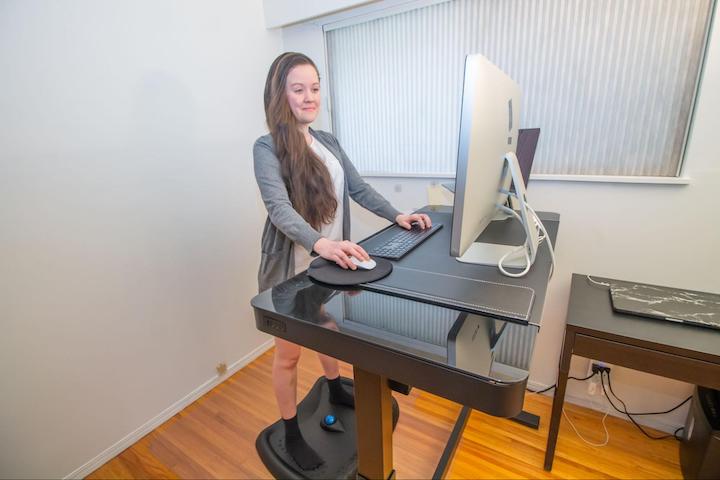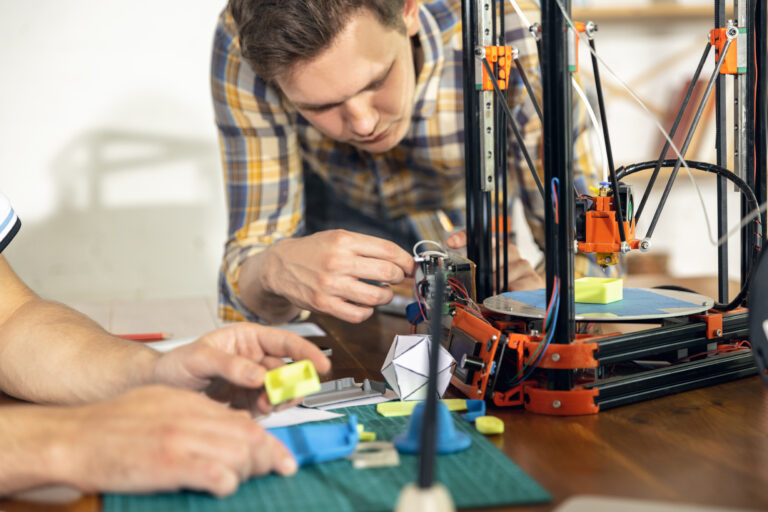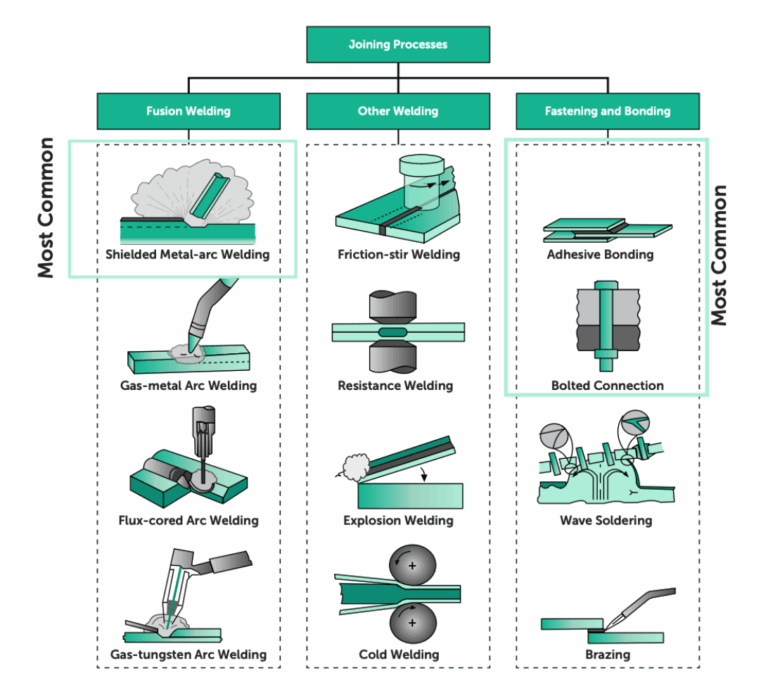Time to read: 4 min
As an engineer, you often spend long hours in front of a computer or engaged in intricate tasks that require precision and focus. Taking care of yourself is essential for maintaining a sustainable and balanced approach to work. And creating an ergonomic workspace can significantly enhance your productivity, prevent injuries, and help promote your physical well-being in the long term. In this article, we explore some valuable tips that will help you maintain healthy posture, reduce strain, and optimize your workspace.

1. Set up an Ergonomic Workspace
To work ergonomically as an engineer, it’s essential to start by setting up a workspace that promotes proper posture and reduces strain. Step one is adjusting the height of your chair and desk. Make sure your chair enables your feet to comfortably rest flat on the floor, while maintaining a 90-degree angle at your knees. This alignment promotes a healthy posture and provides a solid foundation for sitting comfortably during long periods.
Your desk height should be such that you can maintain a relaxed posture, with your arms comfortably resting on the desk surface. Maintaining this alignment ensures that your body remains in a neutral position, which minimizes discomfort and injury risk. With a correctly aligned setup, you can avoid unnecessary strain on your muscles and joints, and have a healthier and more comfortable work experience.
2. Invest in a Quality Chair
Engineers spend a significant amount of time sitting, so it’s crucial to invest in a high-quality ergonomic chair. Look for a model that provides adequate lumbar support, adjustable armrests, and customizable height and tilt options.
Having a proper lumbar jacket/support is vital for preserving the natural curve of your lower back, which reduces the risk of back pain and discomfort. With adequate support to the lumbar region, you can alleviate strain on your back muscles and maintain a healthier posture throughout your workday. Adjustable armrests enable you to position your arms comfortably, and prevent strain in your shoulders and neck.
3. Optimize Monitor Placement
Proper placement of your computer monitor is essential to avoid straining your neck and eyes. Adjust the computer height and tilt of the screen in a way that your gaze naturally falls slightly downward, with the top of the screen either at eye level or slightly below it. If you use multiple monitors, arrange them in a way that minimizes neck and eye movement, so that you avoid constantly turning your head to view different screens. An optimized monitor setup will reduce strain on your neck and eyes, especially during prolonged computer use.
4. Utilize Ergonomic Accessories

Ergonomic keyboards, mice, and wrist rests are specifically designed to promote a more natural and comfortable hand position while working. These ergonomic tools help minimize the risk of hand and arm injuries, including conditions like carpal tunnel syndrome. These accessories promote proper alignment of the wrists to reduce strain and pressure on the joints, and using them can significantly improve your overall comfort while preventing repetitive strain injuries.
5. Take Regular Breaks
Engaging in prolonged periods of sedentary work can lead to muscle stiffness and fatigue. So, it’s crucial to take regular breaks throughout the day to stretch your muscles and move around — and reminders and productivity apps are useful tools to remind you to take short breaks every hour or so. During these breaks, focus on stretching your neck, shoulders, wrists, and legs to improve blood circulation and alleviate muscle tension.
Taking regular breaks not only promotes your physical well-being but also refreshes your mind, and helps improve your productivity and concentration once you resume your work. By taking regular breaks, you can avoid mental fatigue, maintain a sharper level of concentration, and ultimately enhance your overall performance.
Working Ergonomically is Working Sustainably
Working ergonomically as an engineer is vital for maintaining your physical well-being and maximizing your productivity. An ergonomic workspace with a comfortable chair, a well-placed monitor, and ergonomic accessories along with regular breaks throughout your work day is key to reducing the risk of musculoskeletal issues and work-related injuries.
Prioritizing ergonomics is proactively taking care of yourself, and leads to a healthier and more sustainable work life. Doing so not only enhances your physical comfort and productivity, but also improves your overall quality of life.

While you are thinking of figuring out methods to improve the ergonomics of your work area, you should consider streamlining your manufacturing as well. For the ultimate digital manufacturing partner, look no further than Fictiv. Choose Fictiv for all your online CNC part manufacturing needs. Sign up for a free account and see how beneficial our CNC machining services can be for you!










